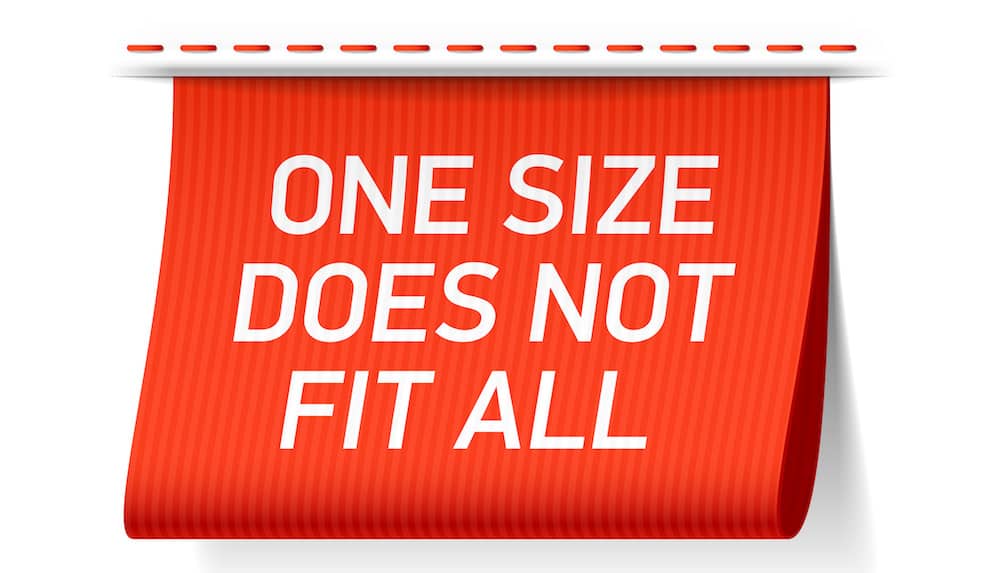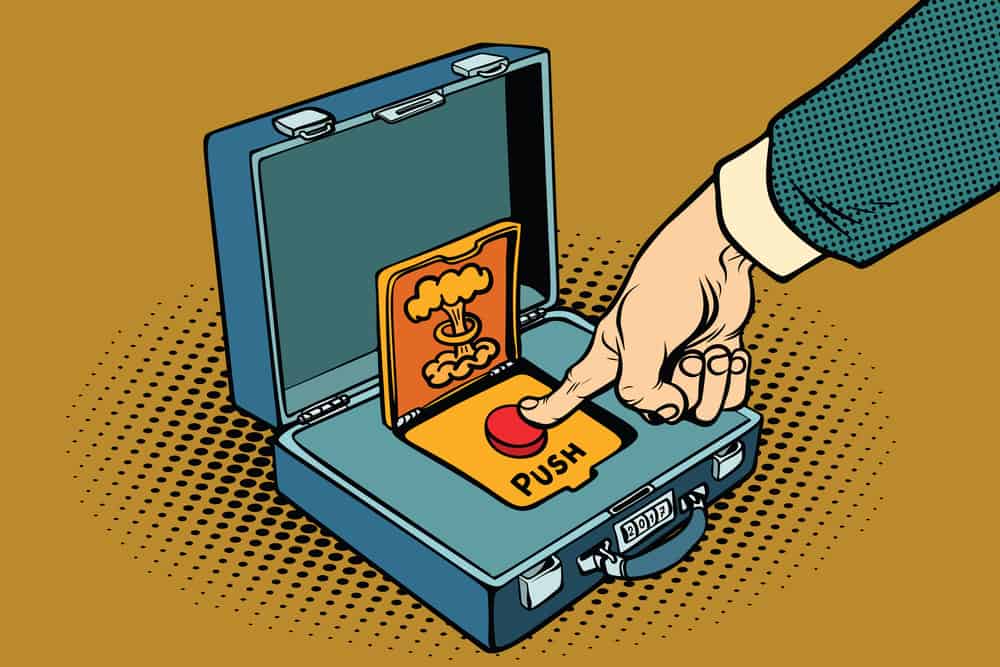
I have Ehlers-Danlos syndrome, a connective tissue disorder, and this means the traditional handshake can accidentally cause a joint in my hand to dislocate. Since CoVid swept across the globe, an increasing number of people also want new ways to greet people. So what are alternatives to the handshake?
There are many handshake alternatives worldwide, from giving a thumbs up, nodding the head to even the pandemic elbow-bump. However, it is good to know the history and symbolism behind the alternatives and where they might cause offense.
Alternatives to handshakes can be fun and easy, but you need to take care where you use them. So let’s take a closer look at the handshake alternatives.
Thumbs Up
The origins of the thumbs up is commonly credited to ancient Rome. The fate of the Gladiators is said to have been determined by if the thumb pointed up or down. However, there is debate on the symbol’s background, with some believing that the gesture was a “turning the thumb” and it led to your death.
Regardless of the original meaning, the thumbs up is now a popular way to greet people in the United States and many other Western cultures. It is also used as a way to show approval or mean “good job.”
However, the thumbs up is not acceptable everywhere. In some countries located in West Africa and the Middle East, such as Afghanistan, Iraq, and Iran, the gesture symbolizes something closer to the “middle finger” gesture in the United States. In short, it’s rude.
A Nod with a Smile
The nod with a smile is my favorite alternative to the handshake. Most people can do it, regardless of whether their hands are full thanks to a squirming toddler or if they do not have hands due to a limb difference.
The nod is not considered the same as the bow, although the actions do have some similarities. According to the Center For Nonverbal Studies, Darwin claimed the head nod to be a near-universal indication of agreement, including in reptiles.
The head nod is generally considered an informal and friendly action. However, not all cultures view a nod as “yes” and a shake as “no,” so take particular care in Albania, Bulgaria, or Greece.
Bowing
The bow is both a greeting and a sign of respect in many cultures. It faded from practice in the United States due to its association with monarchies. Many Asian cultures favor the bow over the handshake. In Japan, the bow is not a singular movement but adjusted for both meaning and the situation. You can read more about the practice here.
Namaste
Namaste is a version of the bow. Western cultures have typically associated it with the practice of yoga. Its name originates in Sanskrit and basically means “I bow to you.” Its popularity as an alternative to the handshake has risen in the United States during the pandemic.
Elbow Bump
In 2014 Ebola was the disease filling the headlines, and Liberians started bumping elbows as an alternative to the handshake. Come 2020, the popularity of the elbow bump spread, with Dr. Anthony Fauci going on to say, “don’t ever shake anybody’s hands.”
But the elbow bump is a much-debated gesture. The World Health Organization isn’t a fan, believing it, and the fist bump requires people to be too close together. While the news publication The Australian tweeted the headline “Why the elbow bump is the most ridiculous greeting in history.”
Peace Sign
Flashing the peace sign: Churchill did it as “V” for victory; the hippies used it as part of the peace and antiwar movement; it is a popular pose for photographs amongst many Asians; and, now, some are using it as an alternative to the handshake. The two fingers up, palm-out gesture is pretty easy to use, can be done from a distance, and even has its own “victory hand” emoji.
However, the gesture is incredibly similar to the United Kingdom’s two-finger-salute, which is the equivalent of the US’s offensive middle-finger. The less-polite version originated in the 1415 Battle of Agincourt. It is a reference to the English archers, credited as key in defeating the French.
Other Commonwealth countries where it is best to take care before flashing two fingers are Australia, Canada, Ireland, South Africa, and New Zealand.
Remember, if you want your greeting to be one of peace, not insult, it is palm out, not in.
Tipping Your Hat
Tipping your hat can be a charming alternative to the handshake. However, it does require you to have an actual hat to do it.
Hat tipping is said to have started when medieval knights wanted to express friendliness. As time went on, the gesture morphed into the tip, or what is known as “doffing.”
The hat tip is generally associated with an action by men towards women, although not always. The gesture has an array of meanings, including “hello,” “goodbye,” “how do you do,” “thank you,” and “you’re welcome.”
Fist Bump
The fist bump is thought to have originated on US city basketball courts, leading to Fred Carter bringing it to the nation’s attention in the 1970s. President Obama brought it to the White House, and now Biden has publicly made an awkward attempt.
Like the handshake and the elbow bump, the fist bump requires actual physical contact. However, researchers from Aberystwyth University argue that the fist bump is a cleaner alternative to the handshake. But for those that don’t enjoy touching, there is the air fist pump.
Handshake Fun Facts
But what about the poor handshake? Well, if you plug the topic of handshakes into answersocrates.com, it will suggest looking into “handshake fun facts” or “handshake facts.”
Handshake facts:
- One theory on the origins of handshakes is that it showed you were unarmed.
- The world record for the longest handshake is held by Diaz de Leon and Matt Holmes: 43 hours and 35 minutes.
- In 2018 a couple was denied Swiss citizenship after refusing to shake hands.
- Hera and Athena are depicted shaking hands on an ancient Greek sculpture from the late 5th century.
- Many believe a handshake should not last more than 2 seconds.
- In countries such as China and Turkey, a firm handshake is rude.
- Scouts around the world use their left hand when shaking hands with a fellow scout.
- Not all handshakes are the same. Check out this variation of the African handshake.
Conclusion
Alternatives to the handshake can be fun. Just remember to consider where you are in the world, so you don’t cause insult.

Jon Dykstra is a six figure niche site creator with 10+ years of experience. His willingness to openly share his wins and losses in the email newsletter he publishes has made him a go-to source of guidance and motivation for many. His popular “Niche site profits” course has helped thousands follow his footsteps in creating simple niche sites that earn big.





